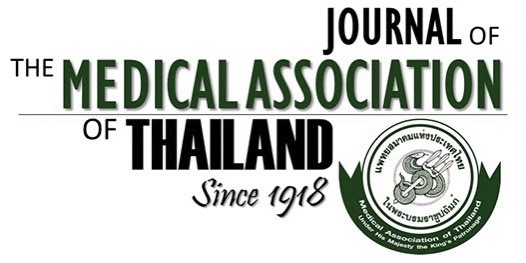Cutaneous Manifestation of Langerhans Cell Histiocytosis in Neonate: A 3 Cases Report and Literature Review
Rujimethapass N, MD¹, Chanveerachai S, MD¹, Limpongsanurak W, MD¹, Singalavanija S, MD¹
Affiliation : ¹ Dermatology Unit, Queen Sirikit National Institute of Child Health, Bangkok, Thailand
Background: Langerhans cell histiocytosis (LCH) is a group of disorders that encompasses a wide range of disease spectrum from
localized spontaneous remission to systemic involvement. It is uncommon in neonatal period. Cutaneous manifestation is the most
common presentation in neonatal onset LCH. Skin lesions vary from single solitary nodule to generalized cutaneous eruption.
Case Report: The present authors reported three cases that include two males and one female. All cases were presented with generalized, discrete erosive papules with hemorrhagic crusts since birth. In all cases, physical examinations were normal. Laboratory investigations including complete blood cell count, chemistry panel, urinalysis, and liver function tests were unremarkable. Bone survey shown no osteolytic lesion. Skin biopsy with immunohistologic staining was performed and confirmed diagnosis of LCH in all cases. Skin lesions improved in few weeks later with no other systemic symptoms in all cases. At the six-week follow-up, one case developed high fever and hepatosplenomegaly. A few months later, it was diagnosed as LCH with systemic involvement by a pediatric oncologist.
Conclusion: Cutaneous manifestation is the common presentation of LCH in neonate. Although the majority of patients are benign, skin-only and self-limiting clinical course, careful physical examination and long-term follow-up for systemic involvement are mandatory.
Keywords : Langerhans cell histiocytosis, Cutaneous manifestation, Neonate



